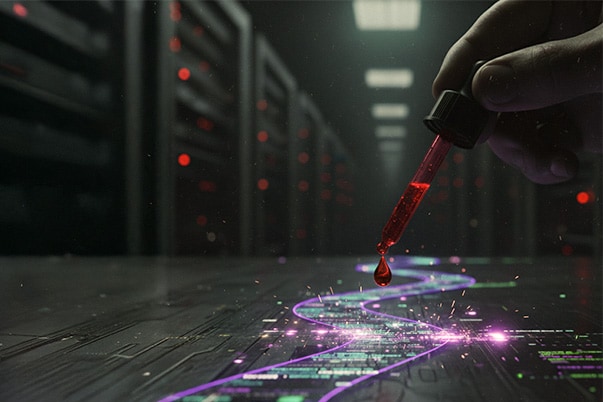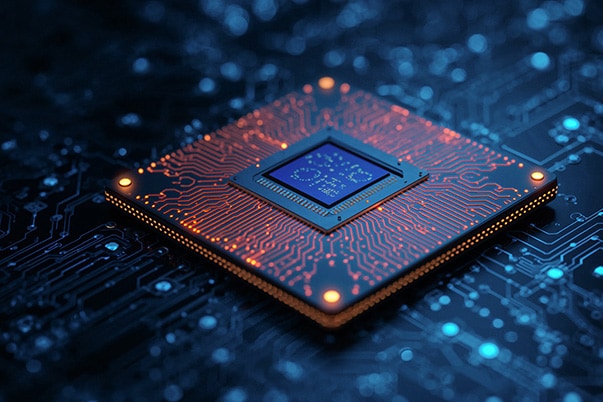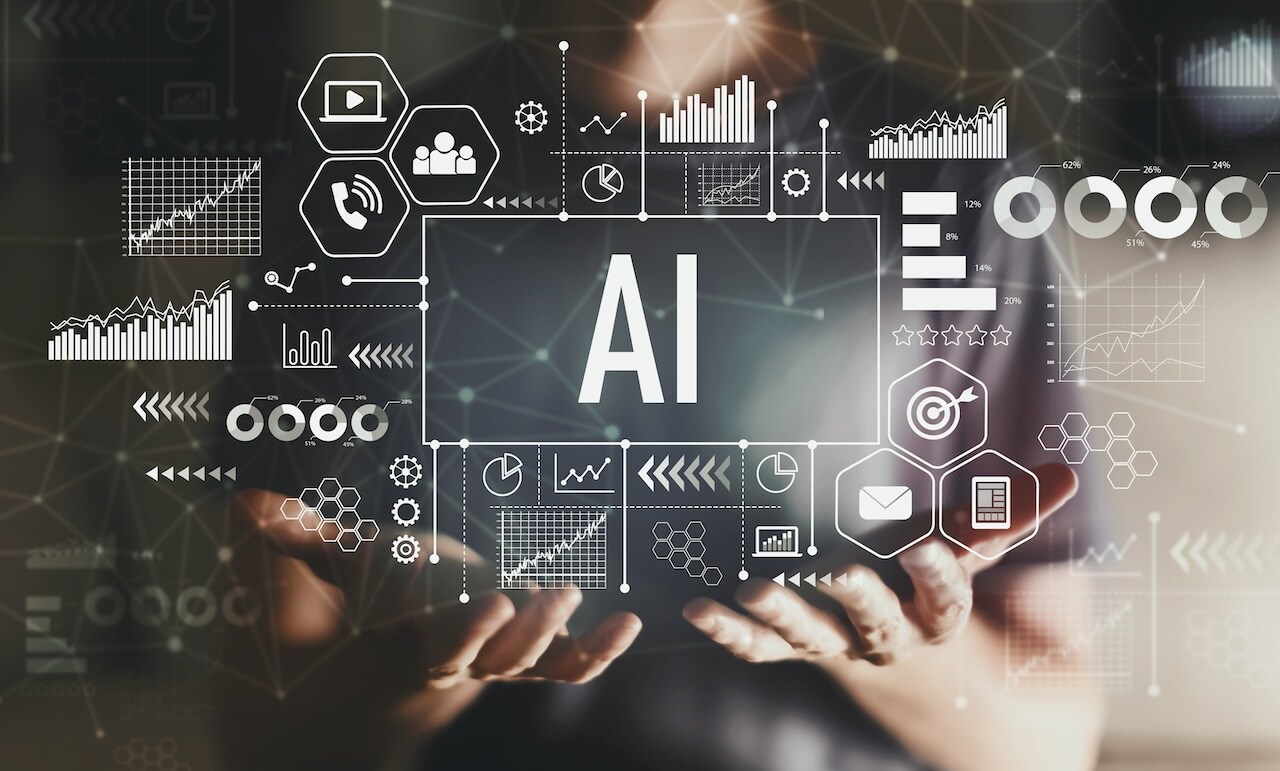Introduction
For much of its history, corporate automation adoption has been a slow, incremental process. As we approach 2026, however, that steady march is poised to become a transformative leap. 2026 will mark the inflection point where the global economy transitions from "AI-assisted" to "AI-native.” We won't just adopt new tools, we’ll build a new economic reality: The AI Economy.
Autonomous AI agents, entities with the ability to reason, act and remember, will define this new era. We’ll delegate key tasks to these agents, from triaging alerts in the security operations center (SOC) to building financial models for corporate strategy.
For leaders, a central question in 2026 will be how to govern and secure a new, multihybrid workforce where machines and agents already outnumber human employees by an 82 to 1 ratio.1 We've already witnessed the shift from a physical location to digital connection with the rise of remote work. Now, we confront the new, unsecured front door in every employee’s browser.
These shifts in productivity also unleash a new class of risk. Insider threats can take the form of a rogue AI agent, capable of goal hijacking, tool misuse and privilege escalation at speeds that defy human intervention. At the same time, a silent, existential clock is ticking: The quantum timeline is accelerating, threatening to retroactively render our data insecure.
This new economy demands a new playbook. Reactive security is a losing strategy. To win, security must evolve from a back-line defense into a proactive, offensive force.
Because of AI, protecting the company's network is no longer enough. The real challenge is making sure our data and identities are completely trustworthy. When organizations do this right, security transforms from a cost center into an engine for enterprise innovation, giving them the trusted foundation they need to move fast. These are the high-stakes realities we face, and the following six predictions from Palo Alto Networks define this new landscape.



- A surge in AI agent attacks: Adversaries will no longer make humans their primary target. They’ll look to compromise the agents. With a single, well-crafted prompt injection or by exploiting a “tool misuse” vulnerability, they can co-opt an organization’s most powerful, trusted “employee.” Suddenly, the adversary doesn’t just have a foothold; they have an autonomous insider at their command, one that can silently execute trades, delete backups or pivot to exfiltrate the entire customer database.
- The demand for AI security: In response, 2026 will see the wide-scale, enterprise adoption of a new, non-negotiable category of AI governance tools. This essential "circuit breaker" layer will provide continuous discovery and posture management for all AI assets, and, most critically, will act as an "AI firewall" at runtime. It will be the only thing capable of stopping machine-speed attacks by identifying and blocking prompt injections, malicious code, tool misuse and AI agent identity impersonation as they happen, all while continuously red-teaming the agents to find flaws before attackers do.
Continue the story:

Continue the story:


Continue the story:

Insights for security decision makers
Stay ahead of the curve with innovative solutions or understand the evolving cybersecurity landscape, Threat Vector equips you with the knowledge needed to safeguard your organization.





















